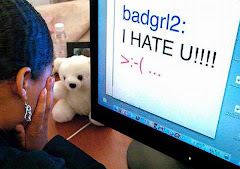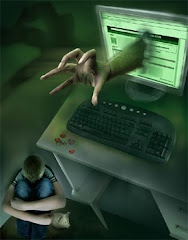Criminal Code Act 1995 (Cth) Under section 474.15(1) a person (the first person) is guilty of an offence if
(a) the first person uses a carriage service to make to another person (the second person ) a threat to kill the second person or a third person; and
(b) the first person intends the second person to fear that the threat will be carried out.
The maximum penalty is imprisonment for 10 years.
Under section 474.15(2), a person (the first person) is guilty of an offence if:
(a) the first person uses a carriage service to make to another person (the second person ) a threat to cause serious harm to the second person or a third person; and
(b) the first person intends the second person to fear that the threat will be carried out.
The maximum penalty is imprisonment for 7 years
Under section 474.17(1), a person is guilty of an offence if:
(a) the person uses a carriage service; and
(b) the person does so in a way (whether by the method of use or the content of a communication, or both) that reasonable persons would regard as being, in all the circumstances, menacing, harassing or offensive
The maximum penalty is imprisonment for 3 years
“carriage service” means a service for carrying communications by means of guided and/or unguided electromagnetic energy
Section 545B of the Crimes Act 1900 (Cth) states:
(1)
Whosoever:
(a) with a view to compel any other person to abstain from doing or to do any act which such other person has a legal right to do or abstain from doing, or
(b) in consequence of such other person having done any act which he had a legal right to do, or of his having abstained from doing any act which he had a legal right to abstain from doing, wrongfully and without legal authority:
(i) uses violence or intimidation to or toward such otherperson … or does any injury to him …, or
(ii) follows such other person about from place to place, or
(iii) hides any tools, clothes, or other property owned orused by such other person, or deprives him of or hinders him in the use thereof, or
(iv) (Repealed)
(v) follows such other person with two or more other persons in a disorderly manner in or through any street, road, or public place, is liable, on conviction before a Local Court, to imprisonment for 2 years, or to a fine of 50 penalty units, orboth.
(2) In this section:
Intimidation means the causing of a reasonable apprehension of injury to a person or to any member of his family or to any of his dependants, or of violence or damage to any person or property, and intimidate has a corresponding meaning, and Injury includes any injury to a person in respect of his property, business, occupation, employment, or other source of income, and also includes any actionable wrong of any nature





